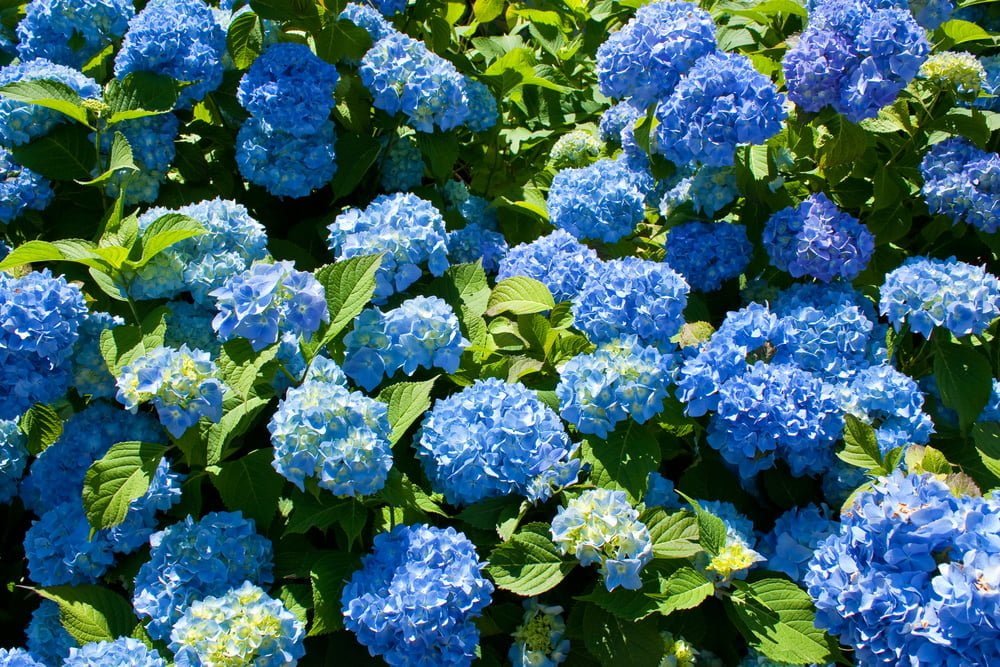Are the blooms on your hydrangea shrubs fading or turning brown? No need to worry – this is simply a sign that it’s time to remove the flowers, a process called deadheading.
When you deadhead hydrangeas, you aren’t harming the plants at all. Removing the spent blooms triggers flowering shrubs to stop producing seeds and instead put their energy toward root and foliage development. This makes plants stronger and healthier, so by deadheading, you’ll be doing your hydrangeas a favor.
Here, the expert gardeners at Millcreek Gardens explain how to deadhead hydrangeas, when to take on the project and how to protect your shrubs when the blooming season is over.

Steps to Deadheading Hydrangeas
Deadheading is an easy gardening task, one many people enjoy. All you need to deadhead hydrangeas is a pair of garden gloves, pruners and a container to hold the faded flowers.
Before you start, wipe the pruner blades clean with a cloth soaked in denatured alcohol. Keep the cloth handy, as you’ll need to wipe the pruners between snips to make sure you don’t spread disease though the shrub.
To deadhead your hydrangeas, simply take each spent bloom and follow its stem down to the next set of large leaves – that’s where you make the cut.
When to Deadhead Hydrangeas
You should deadhead throughout the blooming season to keep your hydrangeas looking their beast and encourage new flower growth.
However, stop deadheading hydrangea shrubs in mid to late fall, leaving any spent blooms in place. This not only provides winter interest, but also ensures you don’t remove the buds that will become flowers next spring.
How to Protect Hydrangeas After Blooming Season
When it’s time to stop deadheading hydrangeas, you need to start thinking about overwintering.
If you live in an area that gets freezing winter temperatures – as we do here in northern Utah – apply a 12-inch layer of mulch to insulate your hydrangea shrubs. Or, if yours are planted in containers, bring them into the garage or basement for the winter months and lightly water on a regular basis.
When spring arrives, don’t remove the mulch or bring your container plants outside until you’re sure that the threat of frost has passed. If you wait, you’ll be rewarded with more vigorous blooming.
Do you have questions? For expert answers and advice on deadheading hydrangeas, turn to the friendly and knowledgeable staff at Millcreek Gardens.
As northern Utah’s favorite garden center since 1955, Millcreek Gardens is the go-to source for tips and information on how to care for hydrangeas. And, of course, we have a vast selection of flowering shrubs, along with all of the gardening supplies you need to keep them healthy, strong and beautiful.
Stop by Millcreek Gardens in Salt Lake City, Utah, today to learn our best gardening tricks and for more pointers on how to deadhead hydrangeas.


